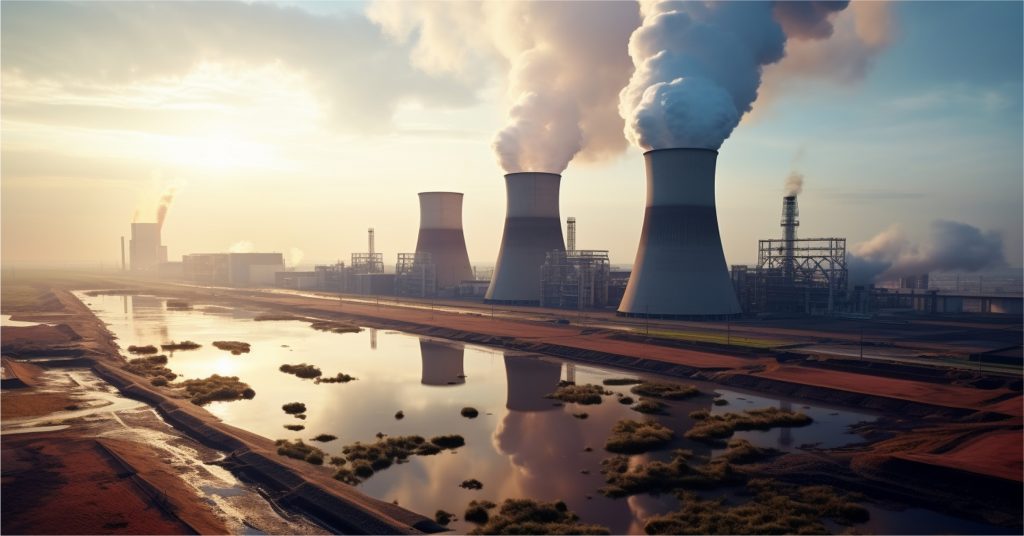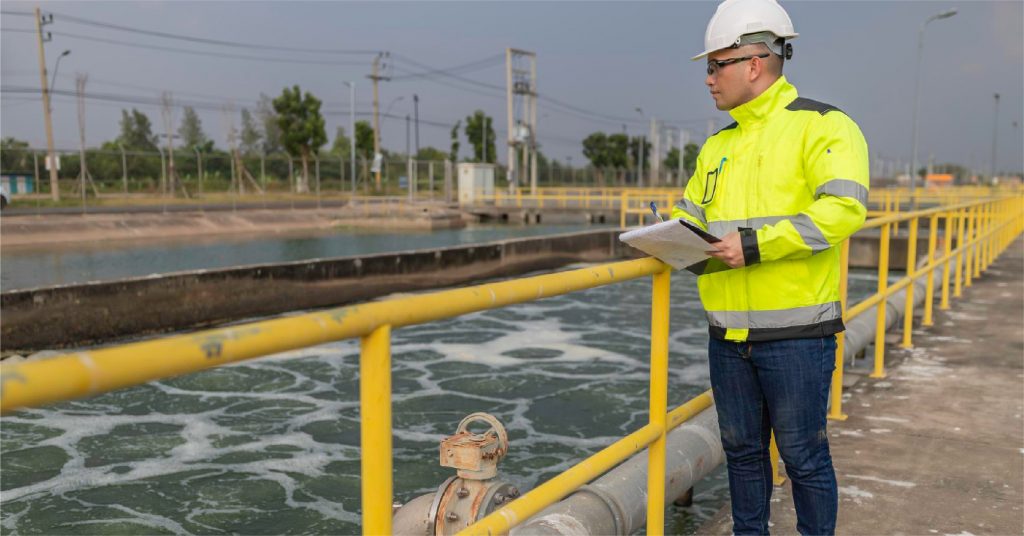Sri Lanka, like many developing nations, faces significant challenges in managing its growing waste problem. With rapid urbanization, industrial expansion, and a growing population, the volume of municipal solid waste (MSW) has surged. Traditional disposal methods, such as landfills, have become unsustainable due to limited space and environmental concerns. Amid this crisis, waste-to-energy projects are emerging as a transformative solution, offering an eco-friendly and efficient alternative for waste management.
This blog explores how waste-to-energy technology is reshaping waste management in Sri Lanka, the role of waste-to-energy plants in this transformation, and the efficiency of waste-to-energy plants in addressing environmental and economic challenges.
What Is Waste to Energy?
Energy waste is the process of converting non-recyclable waste materials into usable forms of energy, such as electricity, heat, or fuel. Using advanced technologies, waste-to-energy plants burn waste under controlled conditions to produce energy while minimizing harmful emissions. This not only reduces the volume of waste that would otherwise end up in landfills but also creates a valuable resource in the form of clean, renewable energy.
In Sri Lanka, waste-to-energy projects are gaining momentum as they address two major challenges simultaneously: waste disposal and energy generation. The government and private stakeholders are increasingly recognizing the potential of waste-to-energy technology to promote sustainable waste management and energy security.
How Waste to Energy Plants Work?
Waste-to-energy plants typically use thermal or biological processes to convert waste into energy. The thermal process, which involves combustion, is the most widely used method. Non-recyclable waste is incinerated at high temperatures in a controlled environment, generating heat. This heat is then used to produce steam, which drives turbines to generate electricity.
Alternatively, biological processes such as anaerobic digestion decompose organic waste to produce biogas, which can be used as fuel. Both methods offer effective ways to utilize waste as a resource while significantly reducing its environmental footprint.
The Role of Waste to Energy Technology in Sri Lanka
- Addressing the Waste Crisis
Sri Lanka generates approximately 7,000 tons of solid waste daily, much of which ends up in landfills or illegal dumpsites. Waste-to-energy technology provides a sustainable alternative by reducing the volume of waste and offering a viable disposal method for non-recyclable materials. - Supporting Energy Needs
As Sri Lanka works toward energy independence, waste-to-energy plants play a critical role in diversifying the energy mix. By converting waste into a reliable energy source, these plants help reduce the country’s dependence on imported fossil fuels. - Promoting Circular Economy Principles
Waste-to-energy projects align with the principles of a circular economy by turning waste into a resource. These plants not only recover energy but also generate by-products, such as ash, that can be used in construction or other industries. - Reducing Greenhouse Gas Emissions
Landfills are a significant source of methane, a potent greenhouse gas. By diverting waste from landfills, waste-to-energy technology minimizes methane emissions, contributing to Sri Lanka’s climate change mitigation efforts. - Job Creation and Economic Growth
The development and operation of waste-to-energy plants create jobs in construction, operation, and maintenance, supporting local economies. Additionally, these projects attract investments in clean technology, fostering economic growth.
Success Stories in Sri Lanka
Sri Lanka has seen significant progress in implementing waste-to-energy projects, particularly in urban areas where waste generation is highest. The Colombo Waste to Energy Plant, for example, processes 700 tons of municipal solid waste daily, generating 10 megawatts of electricity to power thousands of homes.
Such projects demonstrate the potential of waste-to-energy technology to address pressing waste management challenges while providing sustainable energy solutions. With further investment and public-private collaboration, the efficiency of waste-to-energy plants can be optimized to meet the country’s growing energy demands.
Ion Exchange’s Contribution to Advancing Waste to Energy Solutions
At Ion Exchange, they provide innovative, tailored solutions for treating both solid and liquid waste, using advanced technologies such as biogas, compressed biogas (CBG), pyrolysis, and torrefaction. Their customized waste management systems are designed to meet your specific input materials and requirements, ensuring efficient and sustainable operations. By partnering with us, you can transform waste into valuable resources with the help of cutting-edge technology and personalized service. Our offerings include:
Conclusion
Waste-to-energy projects are revolutionizing waste management in Sri Lanka by turning a growing waste problem into a valuable resource. With advanced waste-to-energy technology, the country can reduce its reliance on landfills, generate renewable energy, and contribute to a more sustainable future. The efficiency of waste-to-energy plants continues to improve, making them an increasingly viable solution for both waste disposal and energy generation.
As Sri Lanka moves toward a greener and more sustainable economy, waste-to-energy plants will play a pivotal role in shaping the country’s waste management and energy sectors.





